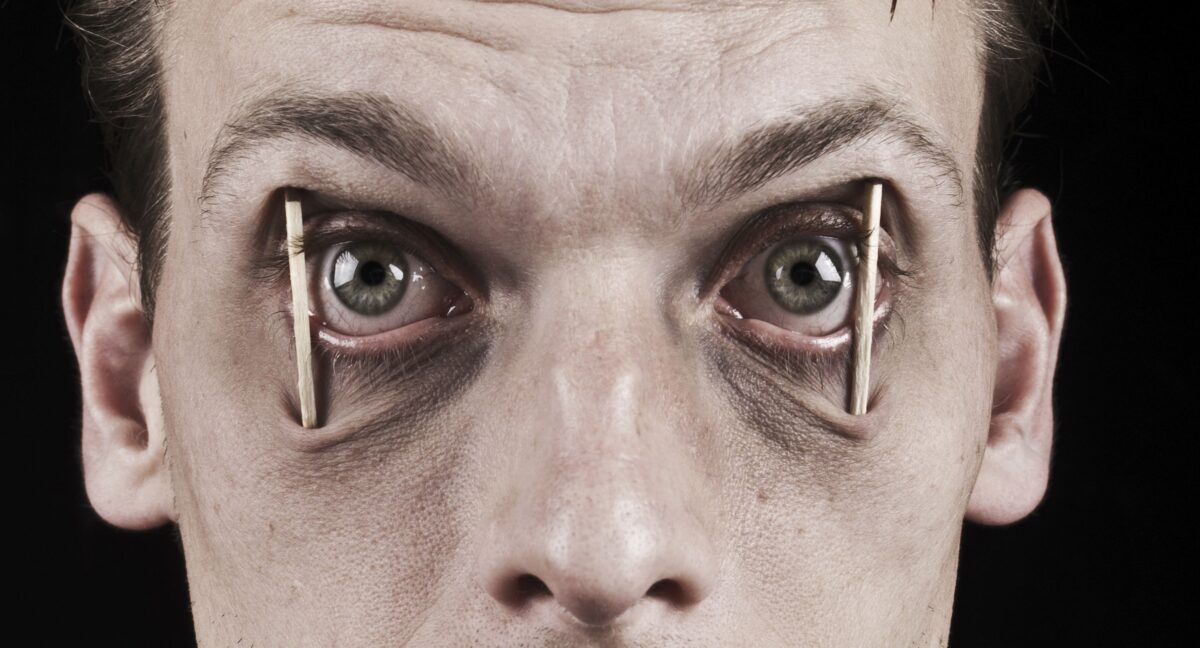Introduction
In the realm of workplace safety, one factor that often goes unnoticed yet plays a critical role is the impact of sleep deprivation. In a fast-paced world where extended work hours are becoming the norm, understanding and addressing the consequences of inadequate sleep is paramount for any safety-conscious organization. This article delves into the multifaceted implications of sleep deprivation on workplace safety, exploring how it undermines employee well-being and organizational productivity, and provides strategies for mitigation.
The Alarming Reality of Sleep Deprivation in the Workplace
Sleep deprivation, often brushed off as a minor inconvenience, has profound implications in the workplace. The lack of adequate sleep can lead to reduced cognitive function, impaired judgment, and slower reaction times. In high-stakes environments, these effects can escalate the risk of accidents and injuries. Studies have shown a strong correlation between sleep deprivation and an increased incidence of workplace mishaps, particularly in industries that require high levels of concentration and physical activity.
The Physiology of Sleep Deprivation
Understanding the physiological impact of sleep deprivation is crucial. The human body requires adequate sleep to function optimally. During sleep, the body undergoes various restorative processes that are vital for cognitive function, emotional regulation, and physical health. Lack of sleep disrupts these processes, leading to a decline in mental and physical capabilities.
Cognitive Impairments
Sleep deprivation significantly impairs cognitive abilities, including memory, attention, and decision-making. These impairments can have dire consequences in the workplace, especially in roles that demand critical thinking and quick decision-making.
Emotional and Physical Effects
The emotional impact of sleep deprivation is equally concerning. It can lead to increased irritability, decreased motivation, and heightened susceptibility to stress. Physically, it weakens the immune system, increases the risk of chronic illnesses, and can lead to long-term health issues.
Case Studies: Sleep Deprivation in High-Risk Industries
Several industries are particularly vulnerable to the risks posed by sleep deprivation. For instance, in the healthcare sector, long shifts and high-stress environments contribute to fatigue among healthcare workers, compromising patient care. In transportation and construction, where safety is heavily reliant on alertness and precise coordination, sleep deprivation can be a recipe for disaster.
The Role of Shift Work
Shift work, prevalent in many industries, disrupts the body’s natural circadian rhythms, exacerbating the effects of sleep deprivation. Workers on rotating shifts are particularly at risk, as their sleep patterns are constantly in flux, preventing them from achieving a regular sleep schedule.
Strategies for Mitigating the Risks
Addressing sleep deprivation in the workplace requires a multifaceted approach. Organizations must recognize the importance of sleep and implement strategies to mitigate its impact.
Policy Implementation
Implementing policies that prioritize sleep is critical. This might include setting maximum shift lengths, ensuring adequate breaks, and providing resources for sleep education and support.
Workplace Culture
Fostering a workplace culture that values sleep is equally important. Encouraging open discussions about fatigue, normalizing adequate rest, and discouraging the glorification of overworking are key steps.
Personal Responsibility
Individual employees also have a role to play. They should be educated on the importance of sleep hygiene, encouraged to establish regular sleep patterns, and provided with strategies to manage work-related stress that may interfere with sleep.
Conclusion
Sleep deprivation is a silent but significant threat to workplace safety. By understanding its implications and implementing comprehensive strategies to address it, organizations can create a safer, more productive work environment.
If you would like to know more or would like our assistance in the areas mentioned check us out at www.intrinsicsafety.com.au. Alternately, call us on 1300 990 336 or email us at in**@*****************om.au


